The Whiting is a species of fish in the cod, or Gadidae, family. Though some refer to other types of fish as “Whiting” as well, they most often refer to this species, Merlangius merlangus, by that name.
People regard this species as an important commercial source of food. You can find this common fish in the northern Atlantic Ocean. Read on to learn about the Whiting.
Description of the Whiting
These fish have long, torpedo shaped bodies. They have three dorsal fins on their backs, with the first fin being the tallest. Their iridescent scales vary in color from dark blue, to yellow, or brown.
At their largest, this species measures about 35 in. long and weighs up to 7 lbs. Average individuals often measure about 10 in. long.
Interesting Facts About the Whiting
These fish have a number of interesting traits and adaptations. Learn more about what makes them unique, below.
- In the Family – Researchers place this species in the Gadidae family. Other members of Gadidae include cod, pollock, haddock, and more.
- Distinctive Feature – This species has something of a similar appearance to the rest of the fish in the Gadidae family. One distinctive feature that you can use to identify this species is a dark spot near the pectoral fin on either side of the fish’s body.
- Important Fishery – Fishermen capture this fish commercially for its meat. They sell this fish fresh, frozen, and salted. People commonly catch this species off the coast of Europe.
- Historically Cheap Species – Until recently, many regarded this species as a “cheap” fish. They used the species as a source of food for the poor, or in pet food. Some people even report that bakers used this fish as a “filler” in flour to reduce the cost of production.
Habitat of the Whiting
These fish have relatively precise habitat preferences. They live primarily in demersal habitats, or habitats along the seafloor. Additionally, they prefer gravel or mud substrate, but also occupy areas with rocky or sandy bottoms.
Most populations live at depths between 100 ft. and 328 ft. beneath the surface. However, you can find them in waters as shallow as 30 ft., and as deep as 700 ft. beneath the surface.
Distribution of the Whiting
This species lives in the northern Atlantic Ocean. Its range extends as far west as the coast of Iceland, across to the northern coast of Norway. They also range around the coast of Spain and Portugal into the North Sea, Mediterranean Sea, the Black Sea, and some surrounding areas.
Diet of the Whiting
Diet varies based on age. Younger fish feed on smaller prey, such as fish eggs, plankton, krill, and other small invertebrates. As they grow, they can begin hunting larger bottom-dwelling creatures. Adults hunt for a variety of prey, including crabs, shrimp, small fish, worms, squid, octopus, and other invertebrates.
Whiting and Human Interaction
Humans commercially fish for this species as a source of food. People also fish for this species recreationally as a gamefish. They sell this species fresh, frozen, smoked, and salted. Various recipes prepare the meat via broiling, steaming, or baking.
Though human activity threatens populations in some areas, human activity has not threatened the species as a whole. The IUCN lists this species as Least Concern.
Domestication
Humans have not domesticated this species in any way.
Does the Whiting Make a Good Pet
People do not typically keep this species as a pet.
Whiting Care
Aquariums often house this species in their collections. They keep the fish in large saltwater tanks, often alongside other similarly sized species of fish. Aquarists maintain water parameters that closely match that of their wild habitats, including salinity, temperature, and light. They feed the fish capelin, herring, squid, shrimp, crabs, and other aquatic prey.
Behavior of the Whiting
The young fish live in shallow waters, often in close association with jellyfish. They move to the bottom when they reach about two or three inches long. After they reach a year old, they migrate to deeper waters farther off shore. Once they reach sexual maturity they breed seasonally, with different populations spawning at different times.
Reproduction of the Whiting
These fish spawn in batches. Females release a batch of eggs, the males fertilize them, and the move on to lay another batch. Large females can produce over a million eggs in a single spawning season. After fertilization, the eggs and larval young float freely in the water column.

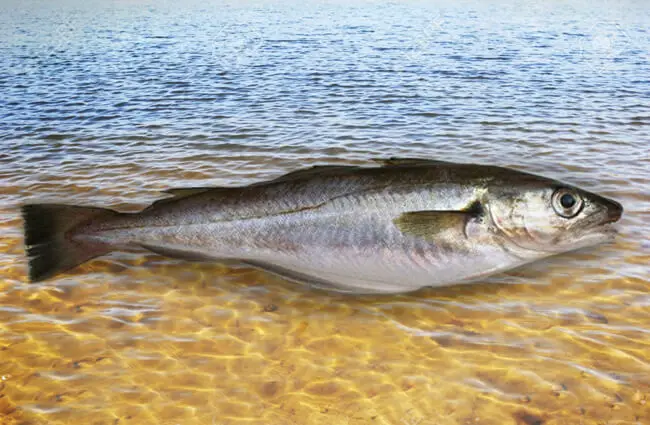

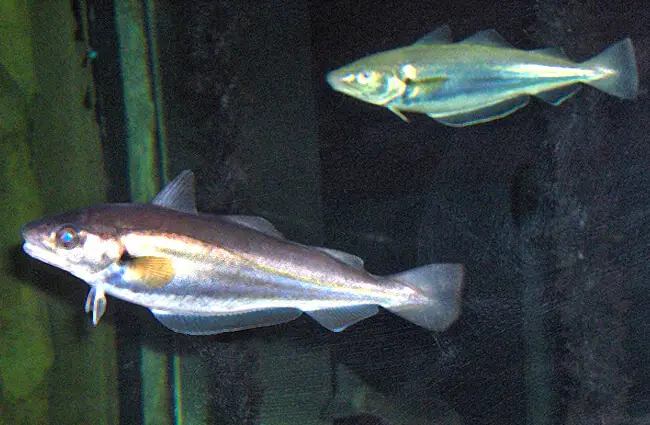

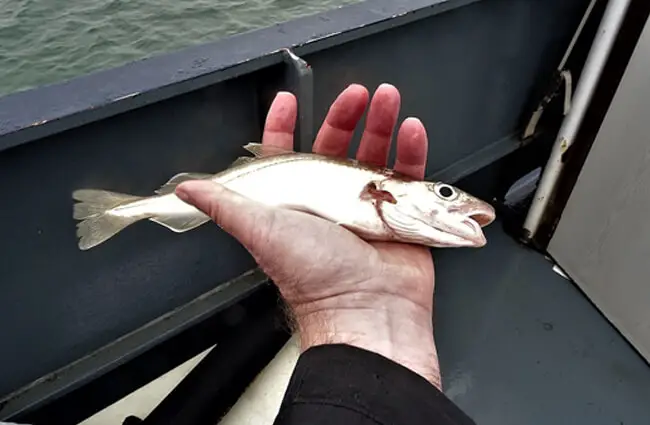
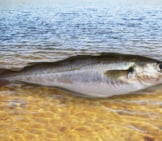

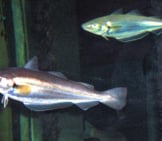
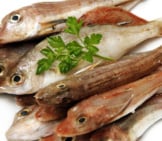
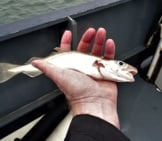
![Red Angus Closeup of a beautiful Red Angus cowPhoto by: U.S. Department of Agriculture [pubic domain]https://creativecommons.org/licenses/by/2.0/](https://animals.net/wp-content/uploads/2020/03/Red-Angus-4-238x178.jpg)












![Red Angus Closeup of a beautiful Red Angus cowPhoto by: U.S. Department of Agriculture [pubic domain]https://creativecommons.org/licenses/by/2.0/](https://animals.net/wp-content/uploads/2020/03/Red-Angus-4-100x75.jpg)

